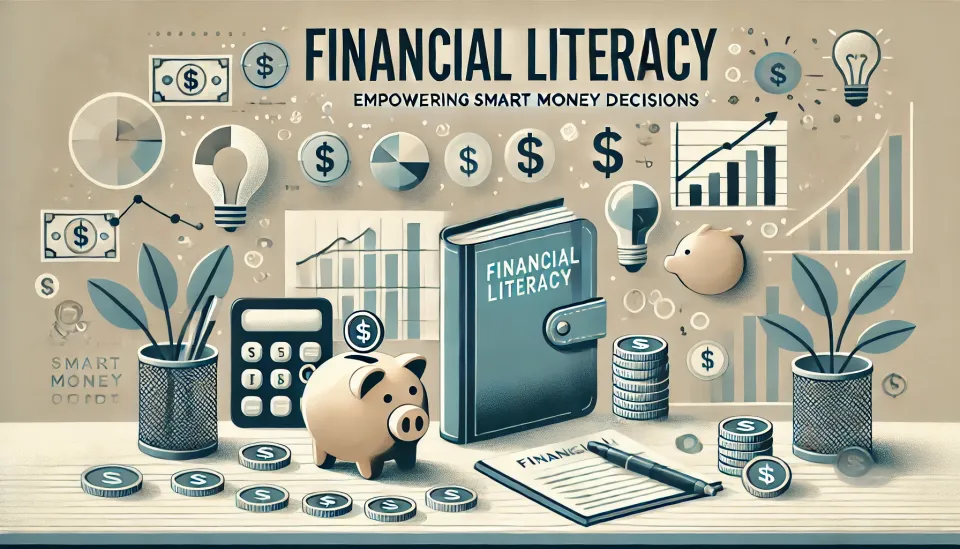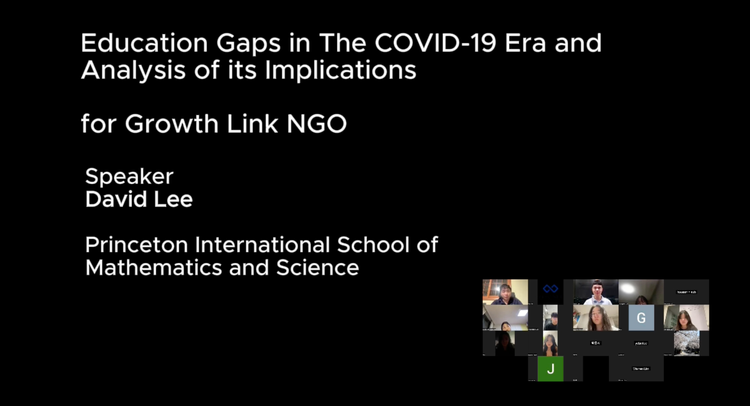Financial Literacy Curriculum

Module 1: Introduction to Money
(Prepared and taught by Joshua Yoon & Jungseo Lee)
- What is Money?: Basic concepts of earning, saving, and spending.
- Why Learn Financial Literacy?: How it helps in real life, from buying snacks to saving for a dream.
- Setting Simple Goals: Examples of short-term (buying a gadget) and long-term goals (saving for college).
Module 2: Budgeting Basics
(Prepared and taught by Hyungjoon Lim & Minryung Kim)
- What is a Budget?: A fun explanation using daily or weekly allowances.
- Creating a Simple Budget: Tracking income (e.g., allowances, part-time work) and expenses.
- Needs vs. Wants Game: Interactive activity where students categorize purchases (e.g., "Do you need new shoes or want the latest ones?").
- Savings Jar Activity: Introduce the idea of splitting money into jars or envelopes for spending, saving, and giving.
Module 3: Banking Made Simple
(Prepared and taught by David Lee & Gyuwan Seo)
- What is a Bank?: Basics of bank accounts and why they’re useful.
- How to Save Money: Introducing savings accounts (even piggy banks!) and interest in simple terms.
- Debit vs. Credit Cards: A beginner-friendly explanation.
- Online Safety: How to avoid scams when using banking apps or shopping online.
Module 4: Saving and Growing Money
(Prepared and taught by Seoyeong Lee & Seungjun Oh)
- Why Save?: Fun examples like saving for a game, trip, or gadget.
- The Power of Compound Interest: A simple visual example to show how money grows over time.
- Fun Investing Basics: What stocks, bonds, and mutual funds are, explained with relatable analogies (e.g., investing in a lemonade stand).
Module 5: Borrowing and Debt
(Prepared and taught by Hwanmin Suh & Yesung Chang)
- What is Debt?: Explaining borrowing with real-life examples (e.g., borrowing from a friend and paying it back).
- Good Debt vs. Bad Debt: How loans for education can help but spending too much on unnecessary items can be harmful.
- Credit Scores 101: What it is and why it matters, simplified for younger learners.
Module 6: Smart Spending
(Prepared and taught by Jaeyeon Yoon & Junseo Park)
- Shop Smartly: Comparing prices and thinking before buying.
- Avoiding Impulse Purchases: Fun role-play of shopping scenarios.
- Couponing and Discounts: Teaching how to save money while shopping.
- Consumer Awareness: How to identify scams and bad deals.
Module 7: Preparing for the Future
(Prepared and taught by Henry Park & Hayeong Lee)
- Why Save for the Future?: Simplified examples of emergencies and opportunities.
- College Savings: Why it’s essential and how to start small.
- Basic Insurance: Explaining why people protect what’s valuable (e.g., health, phone, or car).
Module 8: Fun Activities for Learning
(Prepared and taught by Minjun Oh & Joshua Yoon)
- Mock Budgeting: Students are given “income” (play money) and asked to budget for the week.
- Financial Decision Game: Scenarios like “Do you spend $20 on a party or save for a new phone?”
- Entrepreneurship Challenge: Brainstorming simple business ideas and planning them (e.g., selling crafts or snacks).
- Savings Goals Chart: Let students write and decorate their own savings goals.





